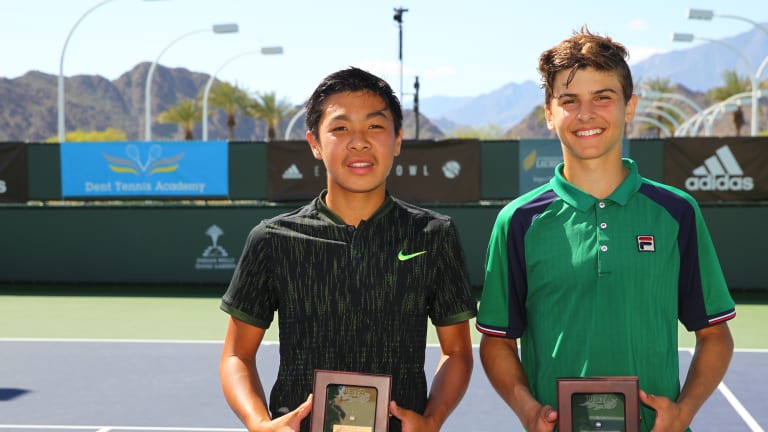In July 2016, a largely unknown, unseeded competitor slashed his way through the USTA Boys’ 18 & 16 National Clay Court Championships draw in Delray Beach, Fla. “It feels good,” the youth told the local CBS TV affiliate after his win. “I think I wanted a gold ball more than winning the tournament, actually. It’s nice to finally have one.”
Tennis fans would soon become more familiar with that youngster, Sebastian Korda. The son of two former elite pros—his father Petr was an Australian Open champion—Sebastian is still just 21, but he’s already made the fourth round at two majors and been ranked inside the Top 40. As has often been the case, Korda’s gold ball functioned like a crystal ball, foretelling a splendid future.
The USTA “Gold Ball” is a coveted talisman, awarded to any winner of a singles or doubles national title in all gender and age divisions, from the Women’s 90 (and over) Grass Court Nationals to the Boys’ 12 (and under) Hard Court Nationals. The gold ball has exerted a near mystical pull for legions of players, but none more than talented youngsters hoping to become stars of the game.
“The kids do care, it’s indisputable,” says Colette Lewis, whose Zoo Tennis website focuses on the junior game. “Getting the gold ball is the highest thing in junior tennis.”
The gold ball tradition is unique—no other sport has anything quite like this wide-ranging award, not even tennis’ sister sport, golf. Julia Pine, the Director of Championship Communications for the United States Golf Association, wrote in an email, “I do not believe there is anything (in golf) similar to what you describe.”


